How does a water cooler dispenser work?
Have you ever found yourself parched and puzzled, standing in front of a water cooler dispenser, asking, “How does a water cooler dispenser work?” Many of us encounter this machine daily, yet its workings remain a mystery.
Water cooler dispensers work by transferring water from a bottle through a valve, then chilling it using a refrigeration unit or heating it with an electric coil, before dispensing the water through a spout at the press of a button.
Curious about the inner mechanics of this everyday hydration hero? Continue reading to unravel the technology that quenches your thirst — just a click away!
How does a water cooler dispenser work? ( 9 Steps Guidance )
If you are facing the same problem like How does a water cooler dispenser work? Must read the following!

Step 1: Loading the Water Bottle
To load the water cooler, place a water bottle upside down in the dispenser’s holder, ensuring the seal of the bottle is pierced or opened for water flow.
Step 2: Piercing the Seal
Once the bottle is securely in place, the water cooler’s spike pierces the seal, allowing water to flow into the machine’s reservoir—a crucial step in the path to your refreshing glass of water.
Step 4: Water Chilling
After entering the reservoir, water is chilled as it circulates through a refrigeration coil, which uses a compressor to lower the temperature, preparing the water for a cool, satisfying drink.
Step 4: Chilling the Water
The chilling process utilises a refrigerant that absorbs heat from the water, passing through the coils, which in turn creates the crisp, cool water we enjoy as well as freez the water.
Step 5: Heating the Water (If Applicable)
For hot beverages, the water passes over a heating element where an electric current heats the coil and consequently the water, providing instant access to hot water for teas, soups, or oatmeal.
Step 6: Storage in the Reservoir
The water cooler maintains a reserve of chilled and hot water within separate reservoirs, ensuring immediate availability the moment the dispenser is activated.
Step 7: Dispensing Mechanism
The dispenser employs simple push-button or lever mechanisms that, when engaged, release either the chilled or hot water from their respective reservoirs into your cup.
Step 8: Maintaining the Temperature
To maintain temperatures, the cooler cycles on and off, engaging the refrigeration or heating system as needed to keep the water at the perfect temperature for your next drink.
Step 9: Replacing the Empty Water Bottle
When your water bottle runs empty, it’s time to remove it from the dispenser. Replace it with a full bottle to continue enjoying chilled or hot water with minimal disruption to your day.
Topics:
The comprehensive topics for the questions like How does a water cooler dispenser work? Must look at the following!
1.The Importance of Regular Maintenance for Water Coolers
Regular maintenance is critical for water cooler dispensers. It ensures the longevity of the appliance and the safety of the water it provides. Neglecting it may lead to bacterial growth and component malfunction, compromising both performance and health standards.
2.Understanding the Role of Refrigerants in Water Cooling Systems
Refrigerants are vital for a water cooler’s chilling process. They transition from liquid to gas within the coils, absorbing heat from the water and effectively lowering its temperature. This cycle is key to providing crisp, cold water on demand.
3.Water Cooler Sanitation: Best Practices to Ensure Clean Drinking Water
Water cooler sanitation practices are paramount for health and safety. Regularly cleaning and disinfecting the dispenser prevents the accumulation of pathogens and mineral deposits, ensuring that the water dispensed remains pure and safe for consumption.
4.Energy Efficiency in Water Coolers: How to Choose and Use Wisely
Selecting an energy-efficient water cooler reduces both electricity consumption and operational costs. Look for ENERGY STAR rated dispensers and assess your needs—opting for models with adjustable temperature settings and sleep mode features to conserve energy when not in use.
5.Troubleshooting Common Issues with Water Cooler Dispensers
Encountering issues with your water cooler dispenser can be frustrating. Common problems range from temperature inconsistencies to leaks or water not dispensing. Often, these can be resolved through simple checks, such as verifying power connections, inspecting for clogs, or cleaning drip trays and spouts.
6.The Evolution of Water Coolers: From Bottled to Bottleless Systems
The transition from bottled to bottleless water coolers marks a significant advancement in water dispenser technology. Bottleless systems connect directly to a water line, offering endless supply and reducing waste associated with traditional bottled systems, creating an eco-friendlier and more convenient hydration solution.
7.Health Benefits of Staying Hydrated with a Water Cooler Dispenser
Remaining well-hydrated is crucial for overall health, and water cooler dispensers provide a convenient means to ensure you meet your daily water intake. With easy access to clean and temperature-regulated water, they encourage regular drinking habits, contributing positively to hydration levels and well-being.
Conclusion:
Understanding the mechanics of “How does a water cooler dispenser work?” sheds light on a seemingly simple device that plays an essential role in our daily hydration. By following a process that includes loading a water bottle, chilling or heating the water, and dispensing it with the press of a button, water coolers provide an efficient way to stay hydrated. The nine-step guidance above unveils the intricacies behind this convenient appliance, pointing out the importance of regular maintenance and illustrating how technological advancements have led to more sustainable bottleless options.
FAQs:
People also ask related, How does a water cooler dispenser work?
A water dispenser chills water by circulating it through a refrigeration coil connected to a compressor, which removes heat and cools the water to a refreshing temperature.
A water cooler works by pumping water through a cooling unit, using a refrigerant to remove heat and then dispensing the chilled water.
Water dispensers can be costly, require regular maintenance, and may consume significant energy leading to higher utility bills if not energy-efficient models.
Some water dispensers work without electricity, using gravity or mechanical pumps to dispense water, but they won’t provide chilled or heated water without power.
Water in a cooler should be replaced every 3-6 weeks to avoid bacterial growth, even if it has a self-cleaning feature.

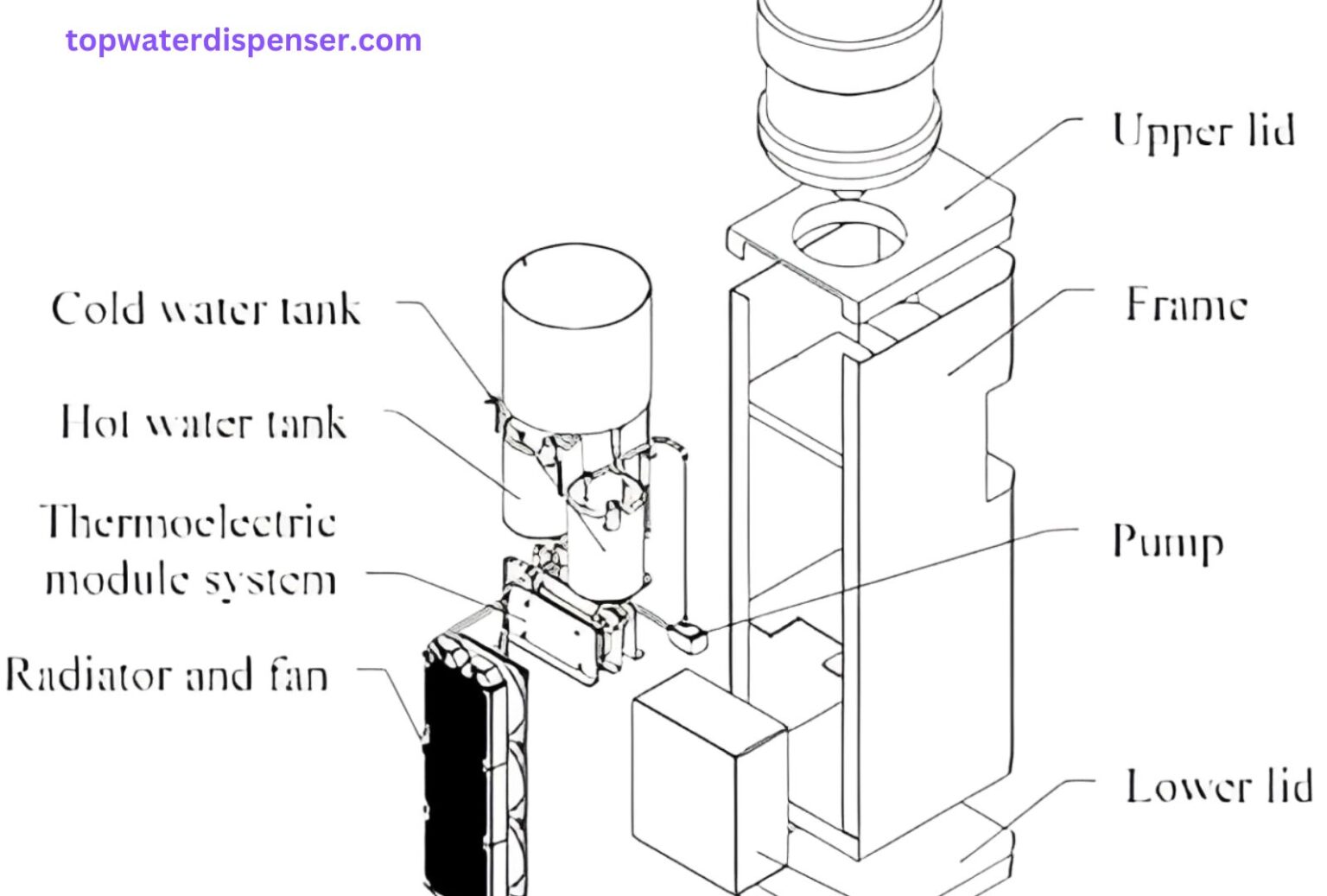
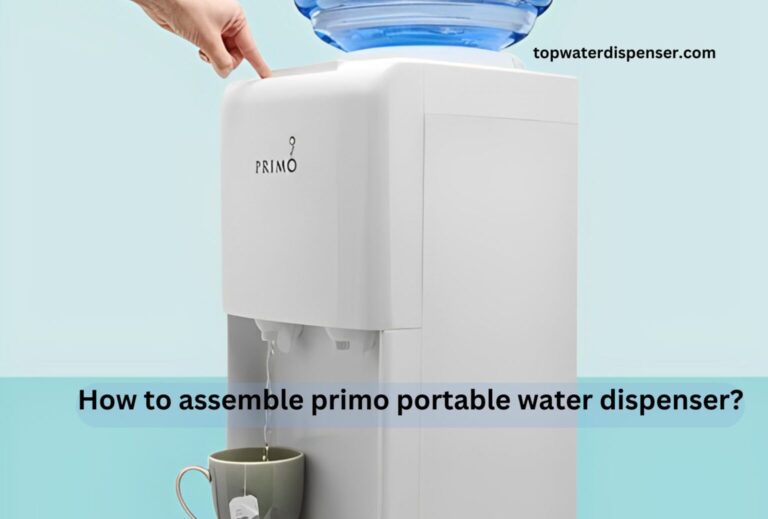
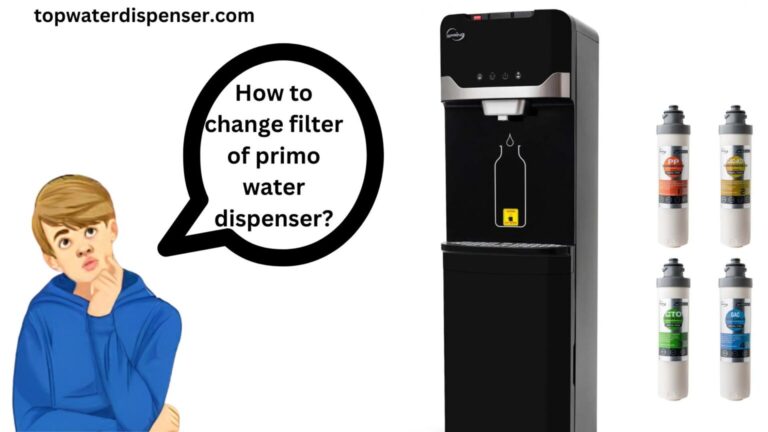
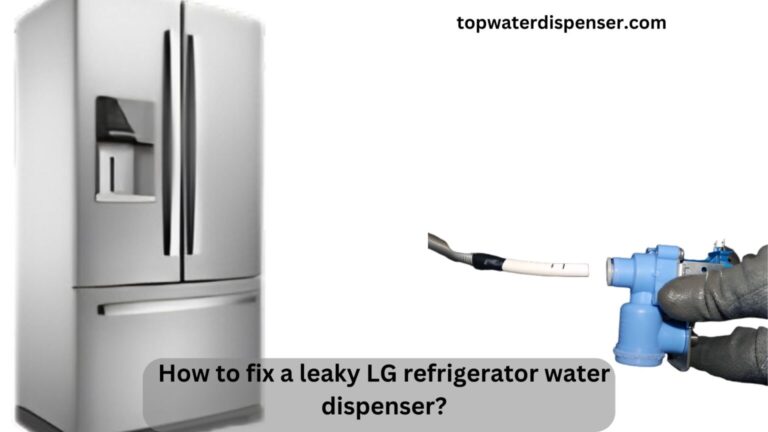
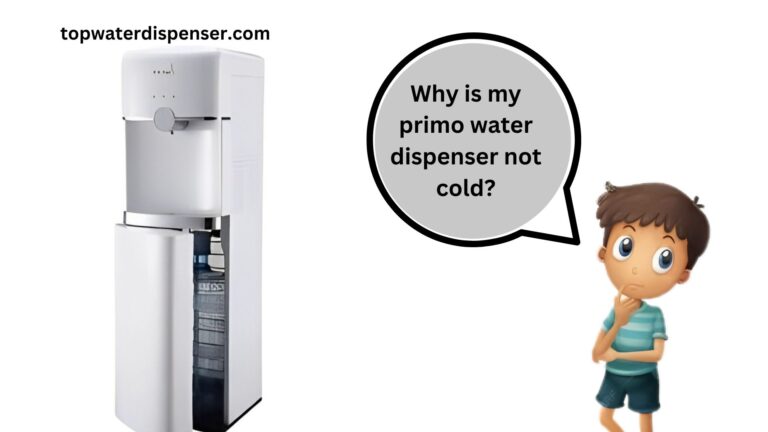
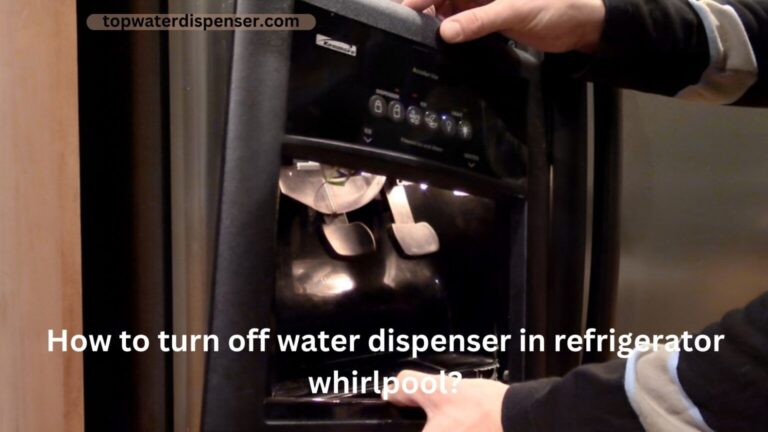

One Comment